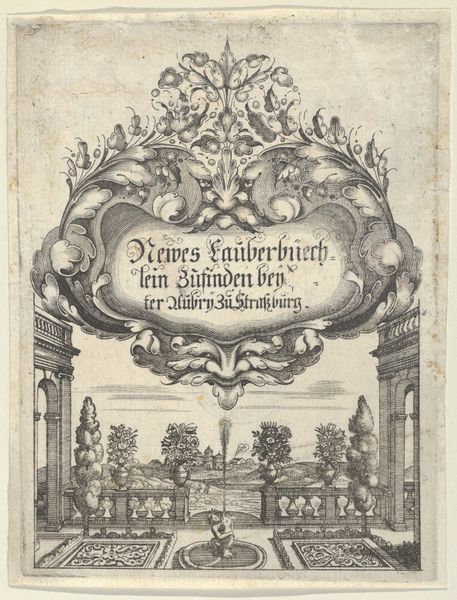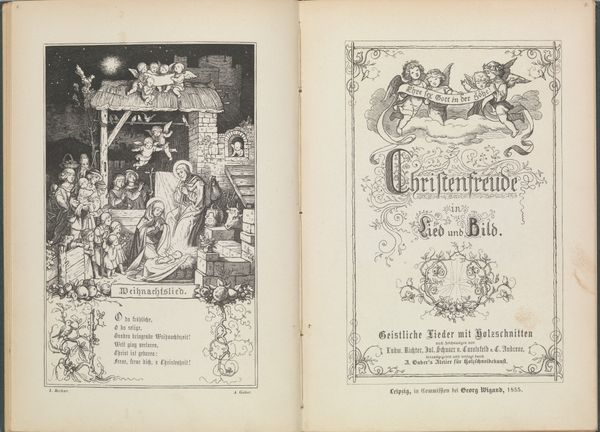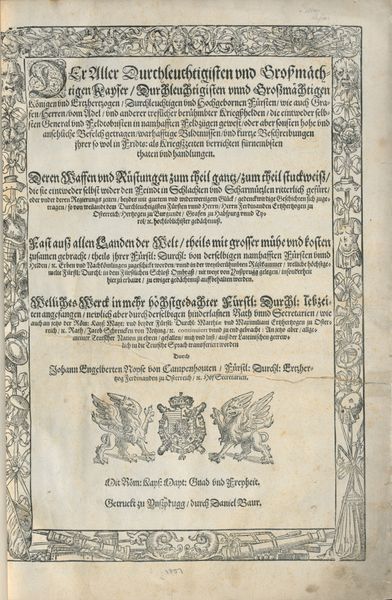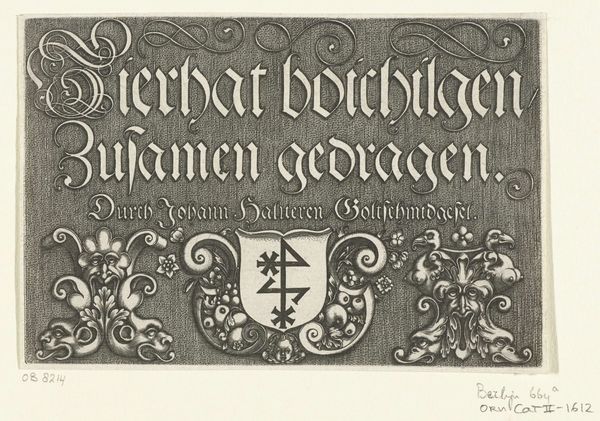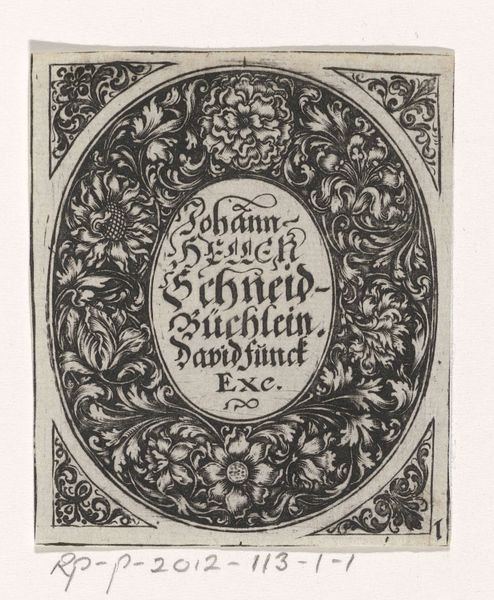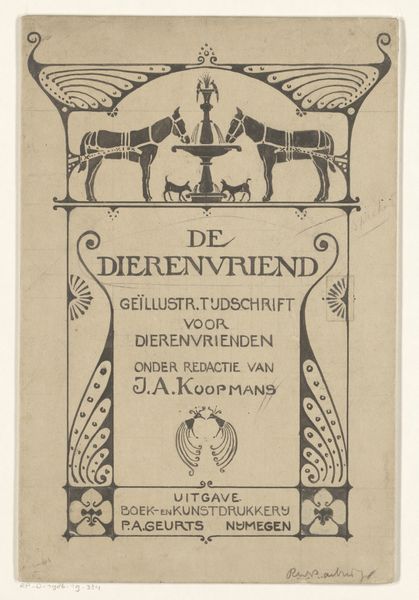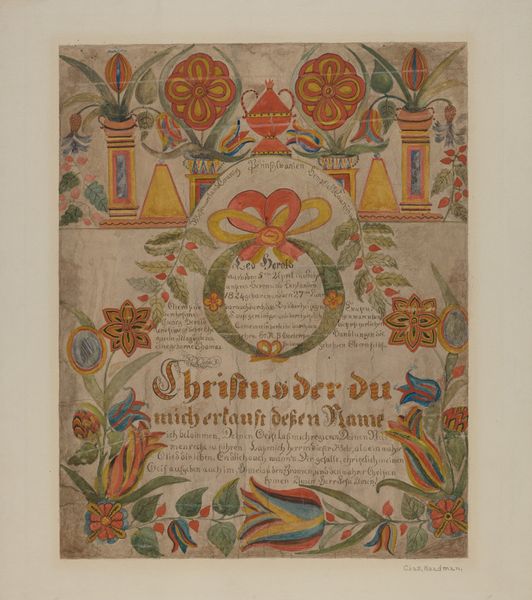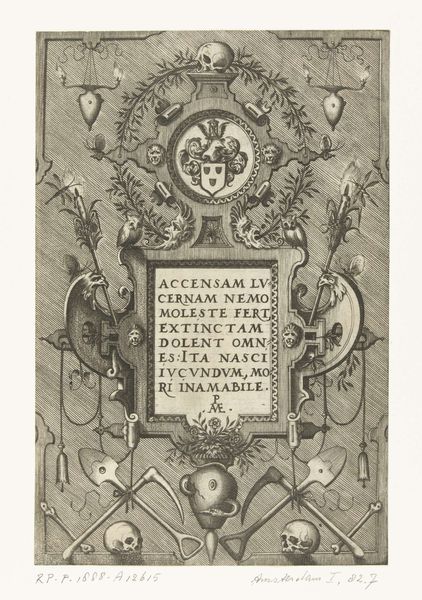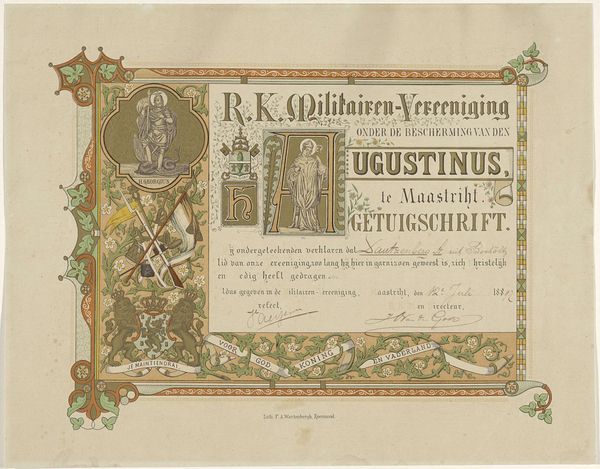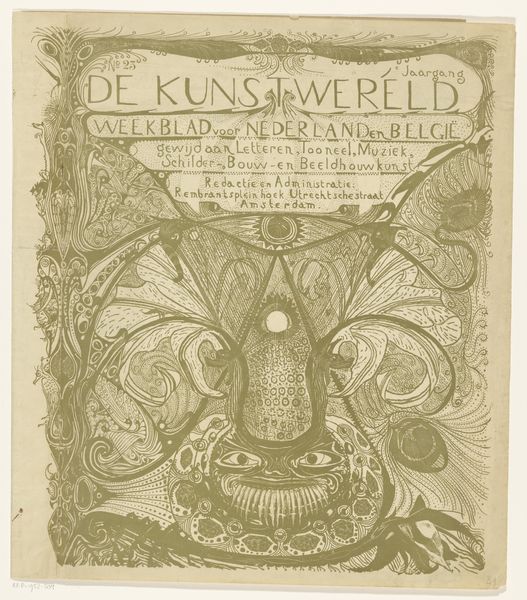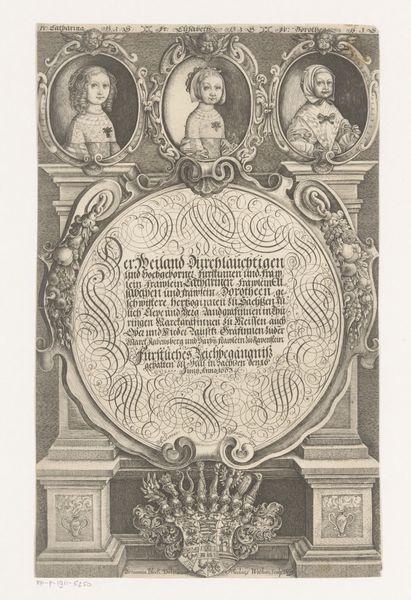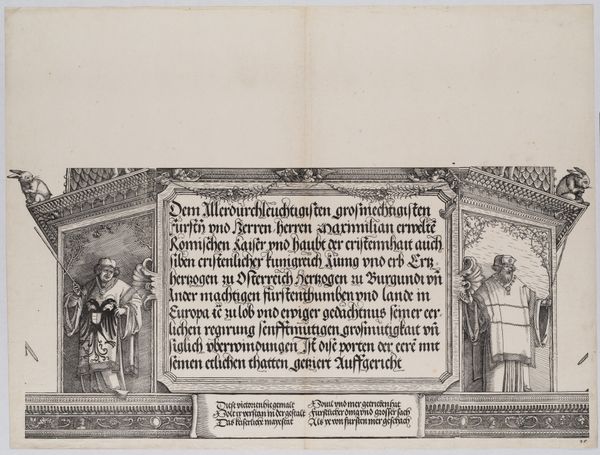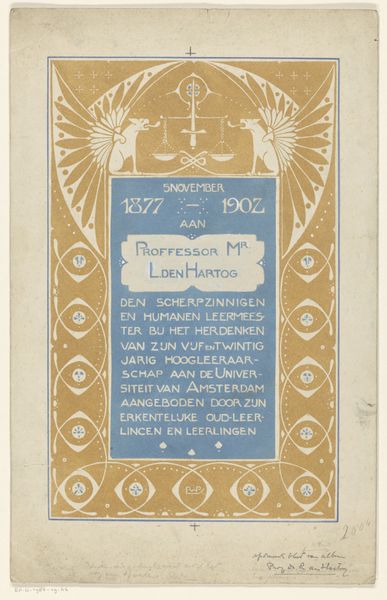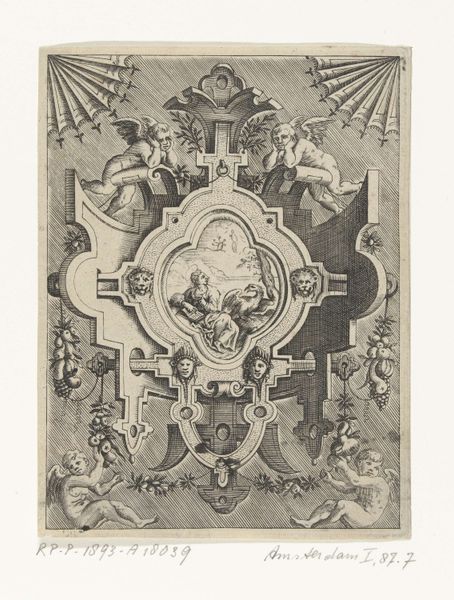
Trade card for Ladislas Lukassy Kunstfeuerwerker 1800 - 1900
0:00
0:00
drawing, print, typography, poster, engraving
#
drawing
# print
#
typography
#
romanticism
#
men
#
decorative-art
#
poster
#
engraving
#
historical font
Dimensions: Sheet: 18 1/8 × 11 15/16 in. (46 × 30.4 cm)
Copyright: Public Domain
Curator: This trade card, dating from between 1800 and 1900, was created by Joseph Franz Kaiser and is currently held at the Metropolitan Museum of Art. It's a print advertising Ladislas Lukassy, a maker of pyrotechnics. Editor: It has a mystical air about it. The dragons and alchemist-like figure make it feel more like an invitation to a secret society than an advertisement for fireworks. Curator: Precisely! The means of production—the detailed engraving itself—hints at the artistry involved. Consider the layers of labor: the printer, the engraver, the maker of the card stock itself. Each contributed to its perceived value as both a utilitarian object and a work of art. Editor: Look at the dragons flanking the top! In Western iconography, dragons are potent symbols, often representing chaos or hidden knowledge, hinting at the alchemical possibilities of pyrotechnics. The older gentleman with a staff could perhaps signify a tradition, the roots and origins of making art with fire? Curator: I think you've hit on something interesting. The use of this allegorical figure likely conveyed trust in the expertise and reliability of Lukassy. The dragons serve not only as decorative elements but, indeed, evoke power and transformation which mirrors the effect of seeing pyrotechnics. Editor: It really blurs the lines between science and spectacle. Even the stylized botanical shapes resembling explosions carry symbolic weight. Notice the typography as well, in such a decorative display, even type becomes symbolic, an expression of identity and professionalism. Curator: A vital point. This typography itself is an artifact—a cultural and economic expression, isn’t it? As such, the typography’s font embodies not just a historical script, but the commercial ambition of that era. It would be intriguing to research how such advertising campaigns aided, and defined, this emerging market for recreational entertainment. Editor: Overall, it is about the alchemy of transforming material, in this case gunpowder, into something transcendent. This little card has sparked a whole world of possibilities, both materially and symbolically. Curator: Yes, it encourages us to look beyond the surface, behind what it signified then versus now—and beyond the explosion of art itself, too.
Comments
No comments
Be the first to comment and join the conversation on the ultimate creative platform.
